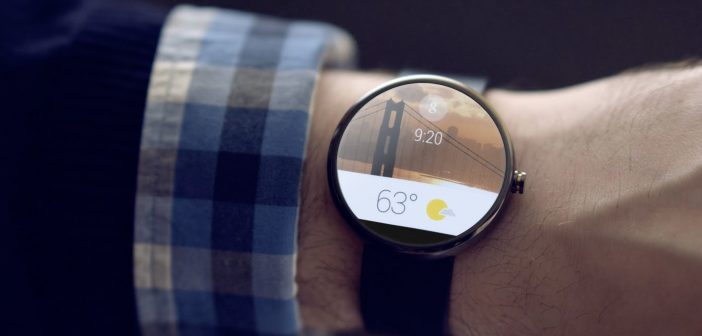Google showed off all of Android Wear at their developer conference a few weeks ago, revealing the quirks of the new SDK and how it will become more relevant for users, who pull out their smartphones an average of 100 times per day.
Android Wear will not take over what a mobile does right now, instead Google wants users to glance at their watch for notifications, time and offer minimal input, forcing the user to use their phone to reply to emails, texts and phone calls.
What this does is force the user into buying both a wearable and a smartphone, in order to complete both tasks. Is this appealing? Potentially – to the right consumer, a consumer that wants to read notifications but not instantly respond.
The problem is that consumer is not the mainstream audience. Most of us don’t want to reply through voice and don’t want to spend £200 on a glorified notification alert, even if the Android Wear ecosystem will offer more in later stages.
What we have now is something that can pair with the phone and offer fitness and health information. The latter already has a niche audience, who buy into the Nike Fuelband and FitBit, but both of these products are not for the mainstream tech fans.
The focus on voice recognition and creating the Android Wear platform to work better with voice completely dilates this from being a mainstream product, Siri has shown voice recognition is not a technology people actively want to use in public.
How do we fix this? There is not really a clear way, Google is obviously invested in voice recognition and offer glance-able information on Google Now cards, this might be the best way to go about it, but it won’t turn millions of heads.
Apple might have something different up their sleeve, a new way to respond to notifications, but if the iWatch works similar to Android Wear, we doubt either will gain mass appeal, perhaps Apple simply because of the brand name.
If Android Wear cannot perform on its own and offer the experience without the need for a smartphone, it cannot be mainstream. People naturally do not want two devices, where one emulates what the other can do, even if it is a slightly faster way of doing the task.
Tablets have shown that people will sacrifice core function for a cheaper and simpler experience. If Google can make Android Wear without partnering up with the smartphone, we might see more mainstream adoption, but two devices seems unlikely to take off.



